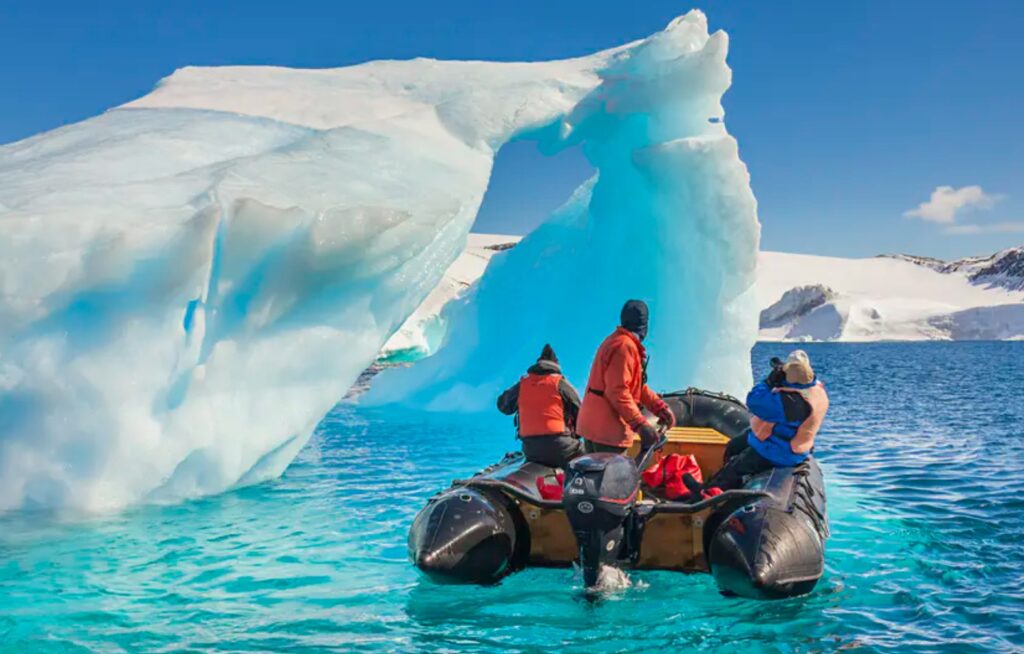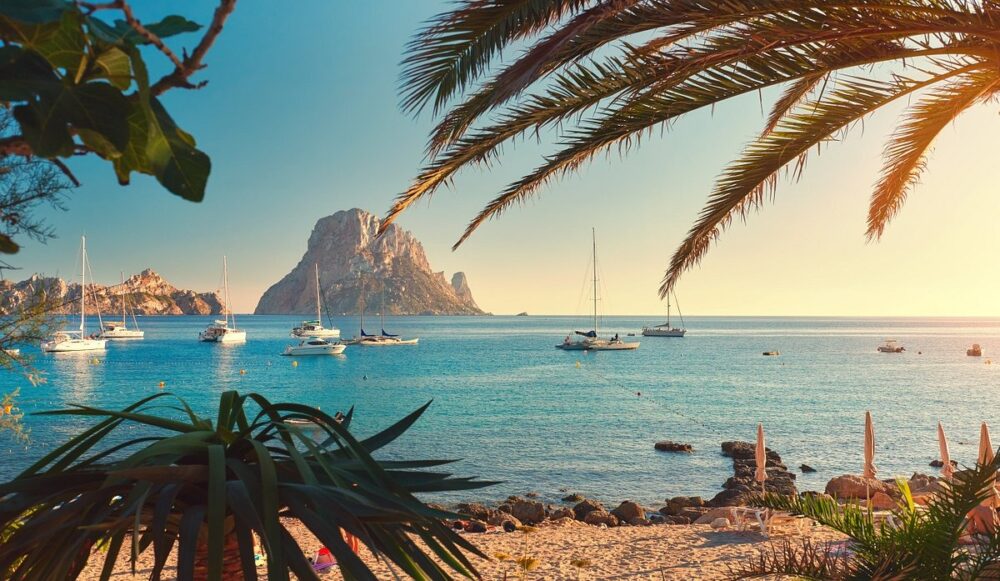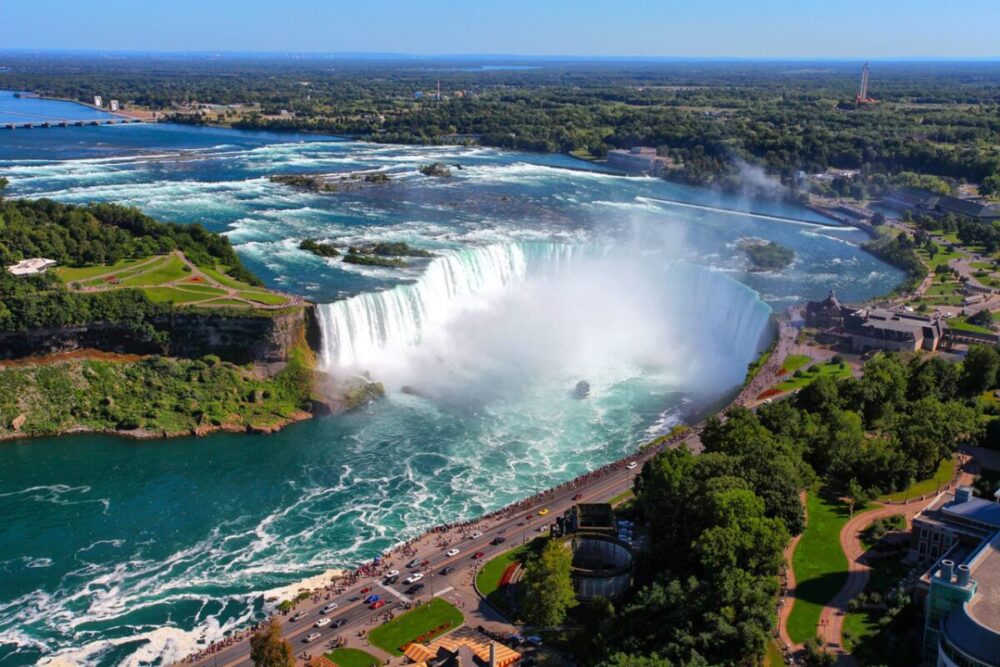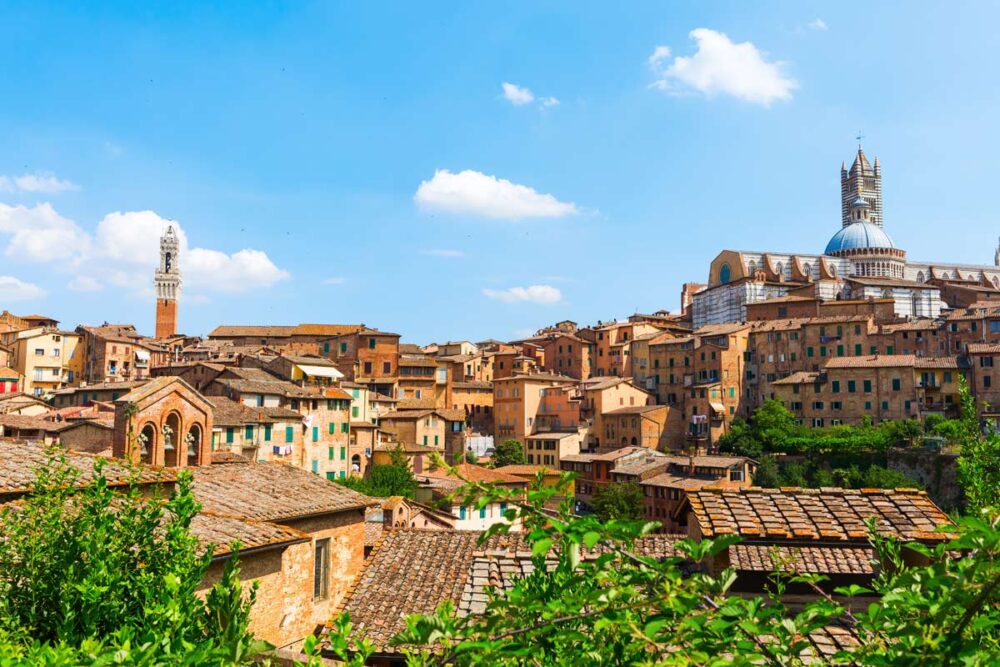With no permanent residents and 98% ice, Antarctica is one of the most astonishing places in the world. It is the brightest, coldest, driest, highest, windiest, and the most isolated continent on Earth. Evidently, the number of visitors to this unique place is increasing annually.
Would you like to visit Antarctica? Taking part in Ragnar organized Antarctic expeditions and cruises you will get the most of your visit to the unique continent and capture liberating travel experiences. Onboard Ragnar, you will be able to take excellent photos capturing marvelous sea and landscapes, watch animals like penguins, seals, whales, or swim in the deep blue water somewhere in the ocean. Are you still wondering whether a trip to Antarctica is worth it? Discover the 12 most interesting facts about the continent.
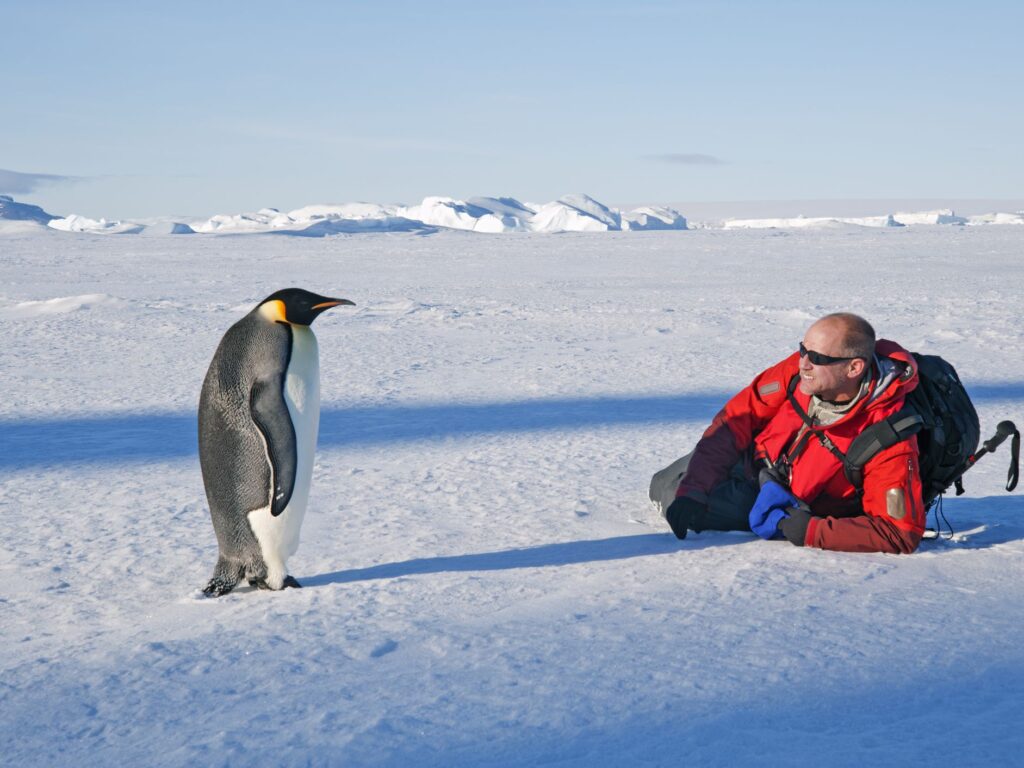
1. Opposite to north
The name ‘Antarctica’ comes from the Greek word ‘antarktike’ meaning ‘the opposite to arctic’ or ‘opposite to north’. The continent name is attributed to Scottish cartographer John George Bartholomew, who first used it on a map published in 1887.
2. Antarctica is enormous
Antarctica is the fifth-largest of the seven continents. The total area is about 14.2 million km² (5.5 million square miles). It is just about the size of the United States and Mexico combined and almost twice the size of Australia.
3. Extremely cold
Antarctica is the coldest continent with the lowest recorded temperature -94.7°C (-135.8°F) in August 2010. In contrast, the highest temperature ever recorded in Antarctica was 20.75°C (69.3°F) in February 2024. The average annual temperatures range from -10°C (14.0°F) to -60 (-76°F).
However, Antarctica hasn’t always been so cold, 40-50 million years ago Antarctica was almost as warm as Australia today, with temperatures reaching up to 17°C (62.6°F). Researchers have also discovered evidence showing that Antarctica was once covered in greenery and populated with dinosaurs!
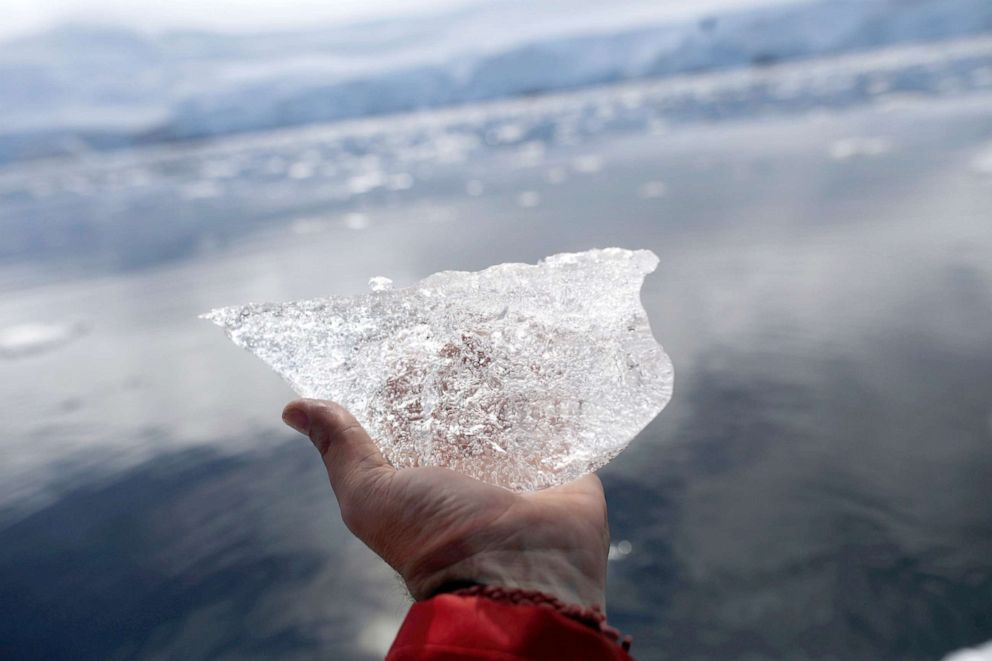
4. A polar desert
Surprisingly, Antarctica is the largest desert on the planet, almost twice bigger than the Sahara Desert. It is considered to be a desert as its annual precipitation averages around 50 mm (1.9 in) in the interior. In contrast, the Antarctic coastline can receive more than 200 mm (7.8 in) of precipitation each year.
The McMurdo Dry Valleys in Antarctica is the driest place on the planet. It has seen no rain for nearly 2 million years.
5. The windiest place on Earth
The strongest winds can achieve velocities higher than 200 km/h (124mph). The highest recorded wind speed in Antarctica was 327 km/h (204 mph) in Dumont d’Urville in July 1972.
6. The highest continent on the planet
The average altitude is 2500 m (8,200 ft) above sea level. The altitude at the South Pole is 2835 m (9,300ft). Mount Vinson is the highest peak in Antarctica at 4,892 m (16,050 ft).
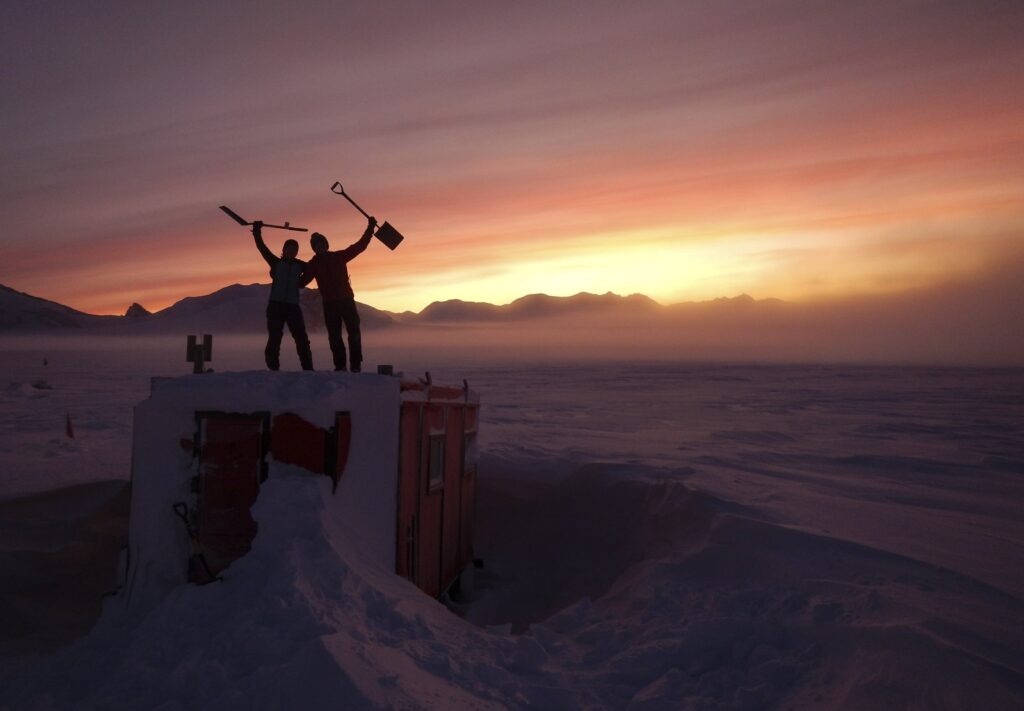
7. The least populated continent
No residents are living permanently here. There are up to 5,000 scientists living in Antarctica in summer, and only 1,000 researchers living there in winter. Approximately 40,000 travelers visit Antarctica on polar cruises and exploration trips. As a tourist, the best time to visit Antarctica is during the summer period from November to March. This is when wildlife is most active and the days are at their longest. The most popular period to visit is from December to February when the weather is warmest.
8. Freshwater and ice storage
Antarctica contains 90% of the world’s total ice volume and nearly 70% of our planet’s freshwater. Only 2% of the continent isn’t covered by ice, and this land is strictly along the coasts, where all the life (i.e. penguins, seals, whales, and various species of birds) reside. The other 98% of Antarctica is covered by ice which is on average 1.6 km (0.9 miles) thick. At its deepest, Antarctica’s ice is 4.5km (2.7 miles) thick – that’s half the height of Mt Everest! If it all melted, global sea levels would rise about 60 m (200 ft).
9. The largest volcanic region on Earth
Scottish scientists have detected 91 volcanoes under a massive ice sheet in West Antarctica, potentially revealing one of the largest volcanic regions on Earth. At the moment, only two volcanoes are active – Mount Erebus and Deception Island.
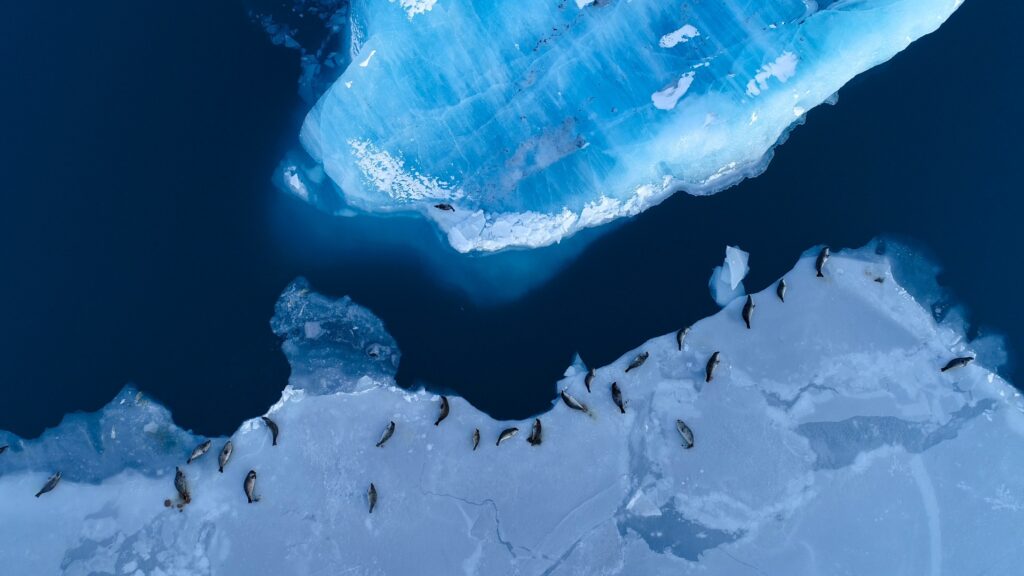
10. Unique flora and fauna
Antarctica isn’t just the coldest, driest, and emptiest continent, it’s also home to the most untouched ecosystem on the planet. The flora of the Antarctic consists of around 250 lichens, 100 mosses, about 30 liverworts, around 700 terrestrial and aquatic algae species, an unknown number of fungi, and two flowering plants. There are hundreds of different animal species in Antarctica, including 46 species of bird, 10 cetaceans (including killer whales and humpback whales), 6 species of seal, and 7 Antarctic penguin species. Emperor penguins are the tallest and heaviest of all penguin species. They may grow to approximately 130 cm (about 50 inches) long and weigh 25 to 45 kg (55 to 100 pounds). They feed on fish, squid, and krill.
Emperor penguins are fantastic swimmers and skillful divers. They can reach depths of over 500 m and stay underwater for up to 22 minutes! Underwater, they can reach speeds of up to 15 to 25 miles per hour. The penguin colonies in Antarctica usually consist of thousands of penguins. There are 12 million penguins in Antarctica!
11. The Antarctic Treaty
The Antarctic Treaty which entered into force in 1961 is now signed by 54 countries. The treaty regulates the international relations between all countries to support peaceful use, freedom of scientific investigation, and cooperation. Article 1 of the Antarctic Treaty states that Antarctica shall be used for peaceful purposes only.
12. The Antarctic concert
An American rock band Metallica achieved a new Guinness World Records title after becoming the first musical band to play a concert on all seven continents. The band set the record after they played a show called “Freeze ‘Em All” for 120 researchers and competition winners in a small transparent dome at Carlini Station in Antarctica in 2013.
